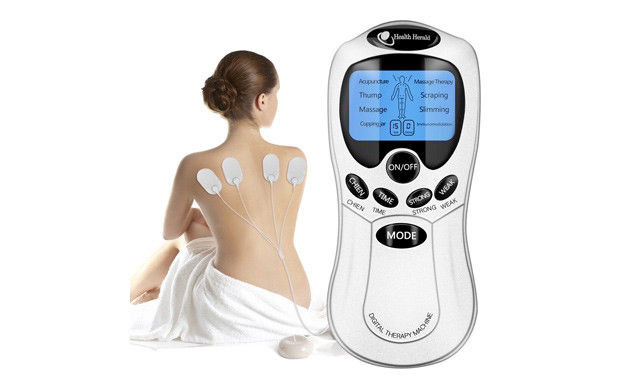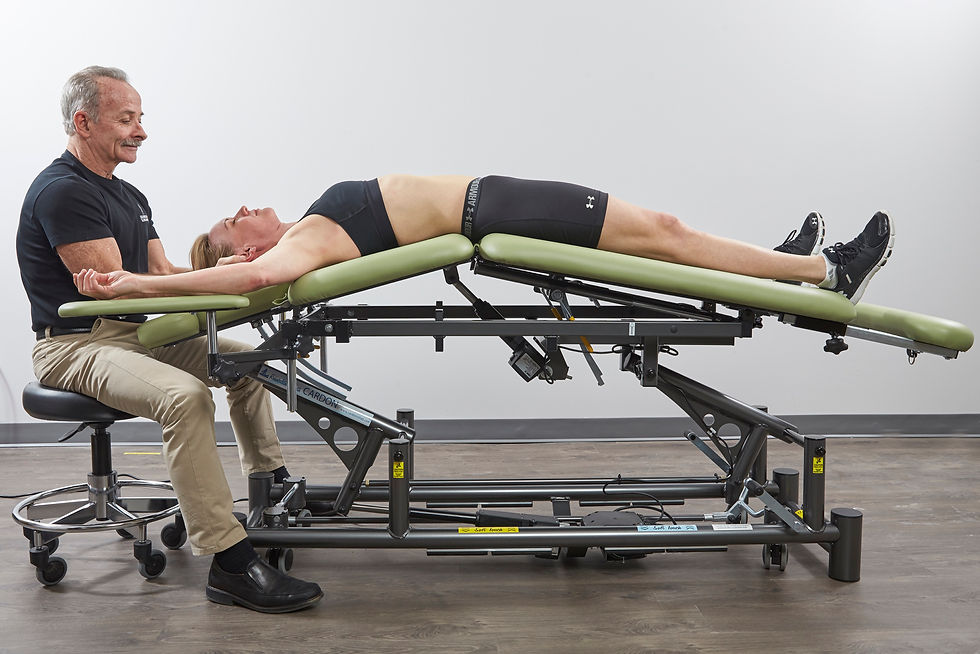A Complete Guide On How To Use Moist Heating Pads To Relieve Pain
- lifestyle fun

- Dec 26, 2022
- 2 min read

Heat has been utilized constructively for a long time. It provides instant pain relief and can enhance circulation to hasten the recovery process after an accident. As a result, it is widely used to treat a wide range of pain conditions, including joint and muscular discomfort, as well as soft tissue injuries. Thermally sensitive calcium channels influence the impact of heat on pain. Heat causes these receptors to increase intracellular calcium. This, in turn, creates nerve impulses, which stimulate sensory neurons and provide a sensation of heating in the brain.
What exactly is Moist Heat?
A damp heat source is used in moist heat treatment to calm and relax painful muscles, joints, and tendons. Hot water bottles, steamed towels, steam showers, or moist heating pads are examples of such treatments. Hot baths are particularly beneficial since the surrounding heat targets both the affected muscles and those that may have tightened up to make up for your ailment.
What Are the Advantages of Moist Heat?
Unlike dry heat, moist heat may permeate the skin quicker and deeper, reaching the muscle—the source of your discomfort. A research comparing the two forms of heat therapy found that wet heat reduced pain faster than dry heat. Moisture also helps to enhance tissue flexibility, which reduces the likelihood of skin irritation. As a result, some consider it more convenient and user-friendly.
How Does Moist Heat Work?
To prevent overheating the skin, every heating pad, whether filled with water or gel, requires a covering between the origin and your body. A hydrocollator, which warms pads in a heating element-regulated water bath, may be used by your physiotherapist. Before even being placed on the damaged region, the pads are enclosed in coverings. Any source of damp heat should be closely monitored to ensure that the epidermis does not scorch. Heat therapy should not be used if the damaged region is bruised, puffy, or the skin is split or heated to the touch.
How do Heating Pads Function?
Heating pads are a type of heat therapy. Because heat dilates capillaries, continuous exposure to a spot with inflammatory joints or muscles might improve circulation. The following are some examples of typical heating pads and also how they operate.
· Electric: An electric heating pad employs internal coils to provide varying degrees of heat depending on the user's preference.
· Infrared: Infrared heating pads also require electricity. Infrared items, on the other hand, convert energy into infrared light, which causes heat to be produced.
· Pads for chemicals: Chemical pads provide brief heat through a chemical reaction.
· Gel pads and liquid pads: Gel or liquid pads are often heated in an oven before releasing heat.
Various types of heat can be purchased online. Heating pads may be used on many parts of the body to relieve muscle and joint aches and pains. Moist heating pads may also help with menstrual cramps. Heat increases blood flow and decreases fluid retention.







Comments